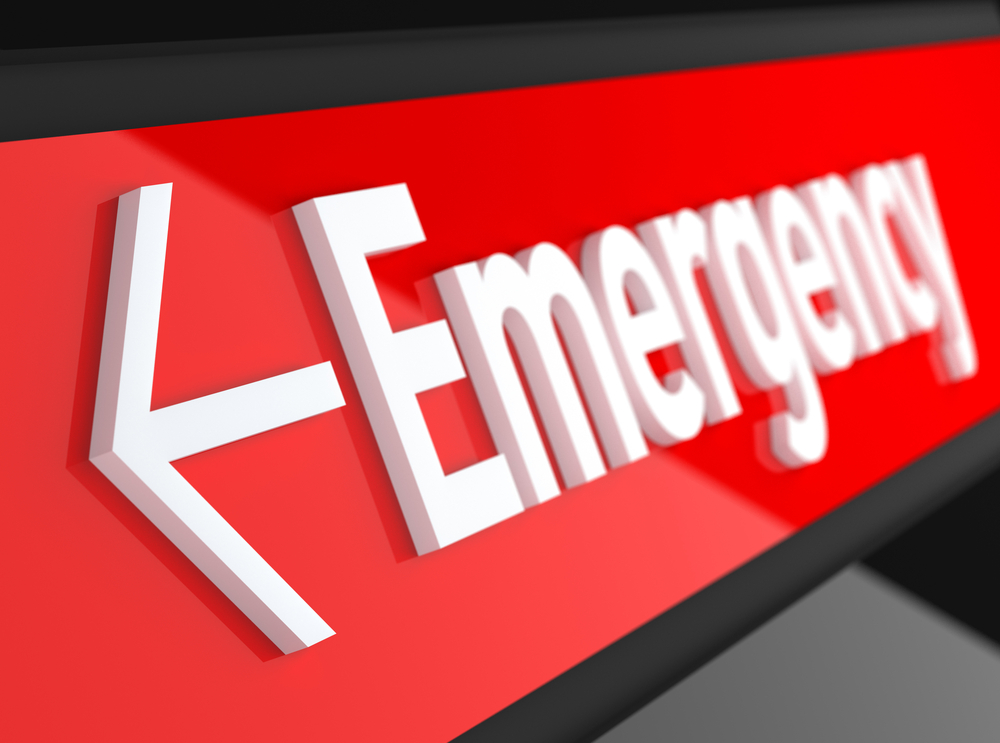Insulin shock is a diabetic emergency that is caused by having too much insulin in your blood that leads to having too little glucose. This happens when you inject too much insulin or miss a meal after injecting insulin. As a result, your body becomes so starved for fuel that it begins to shut down. Insulin shock involves frightening symptoms that, if left untreated, can lead to diabetic coma, brain damage, and even death.
Other possible causes include:
- not eating enough
- exercising more than usual
- drinking alcohol without eating food


